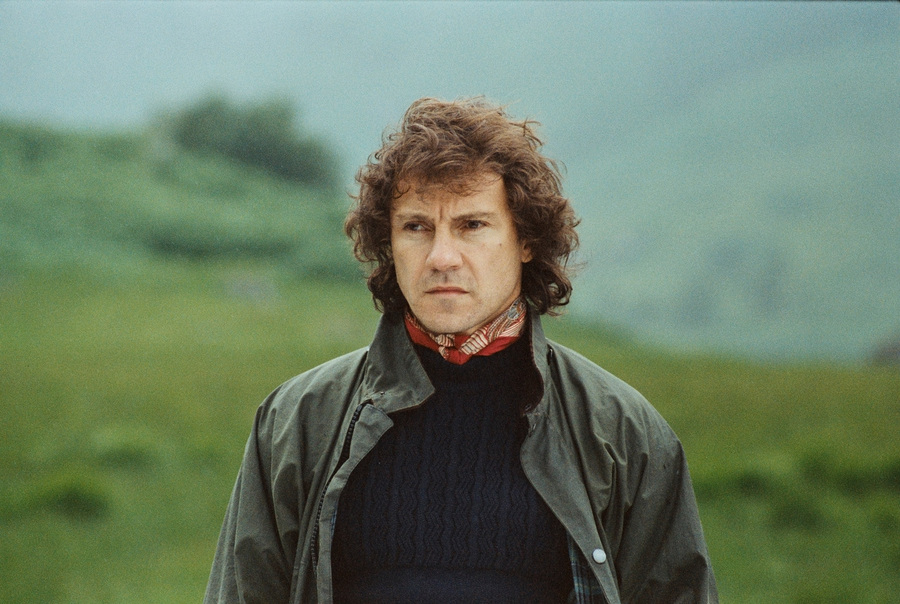
From French New Wave to Italian Neorealism, a lot of critically acclaimed films have been lost in the dust of time. Here is a list of some art-house films that are criminally underrated.
10. Cold Water (1994)
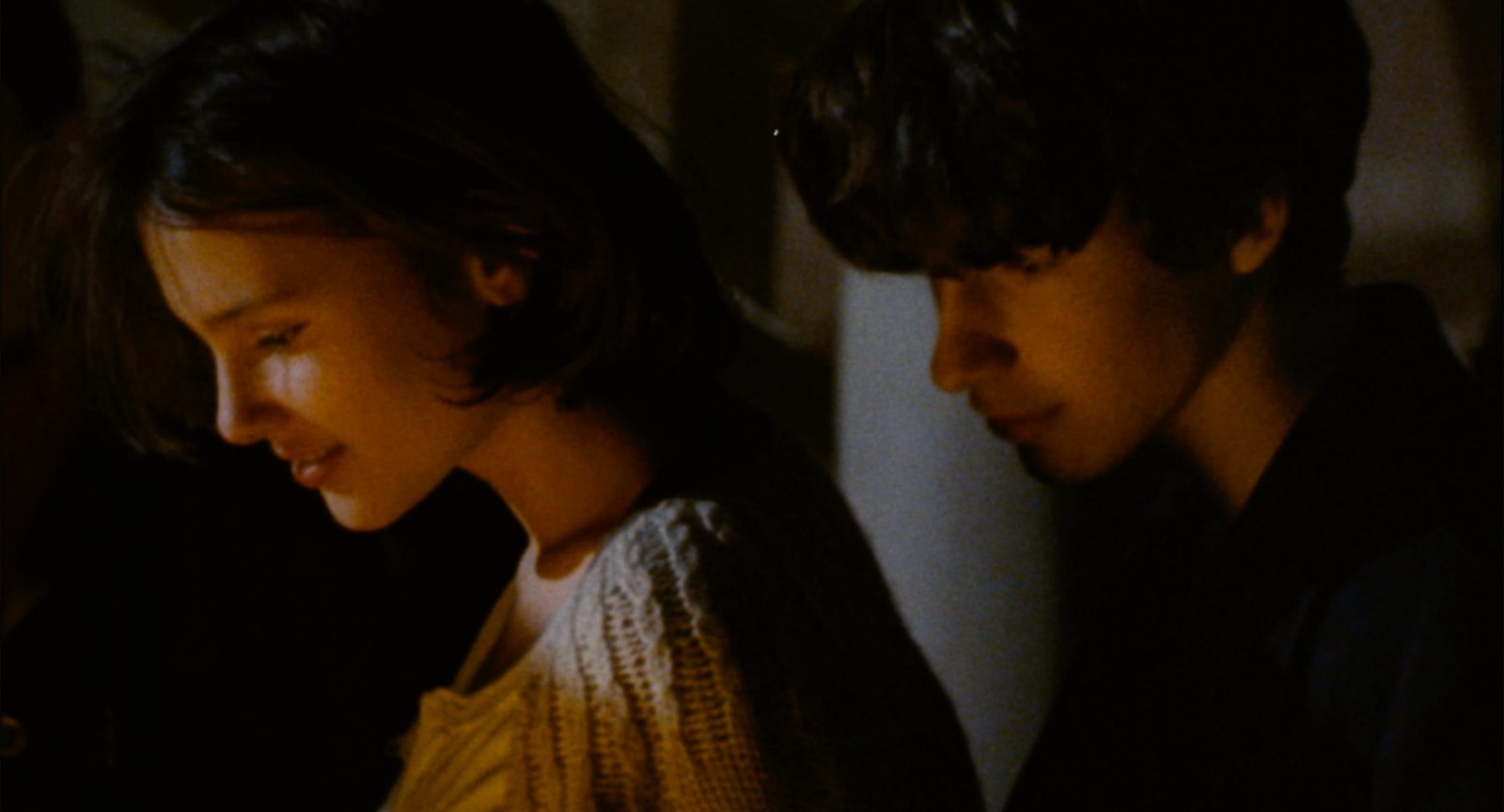
Directed by Olivier Assayas, “Cold Water” is a powerful drama about teenage rebellion and love. Being an autobiographical depiction of Assayas own teenage life, the film features a group of amateur actors as well as the young talented actress Virginie Ledoyen.
Set in the 1970s, the film follows the moving story of a teenage couple, Christine (Virginie Ledoyen) and Gilles (Cyprien Fouquet) both from dysfunctional families. When they decide to do some shoplifting, Christine is arrested and committed to a mental institution by her father.
Her mother cares about her, but she is unable to help her since she is mixed up with a cult. However, the young girl manages to escape from this institution in order to meet Gilles in a teenage party. The party is at an abandoned house at the countryside, where they find drugs, alcohol and classic rock music. Their relationship is at stake, when Christine decides to leave for an artist commune in the countryside.
It goes without saying that Olivier Assayas creates a raw and realistic depiction of two emotionally unstable characters. It is not only a marvelous coming-of-age tale, but also a touching love story.
Despite the fact that Assayas is obviously influenced by the great filmmaker Robert Bresson as well as the French New Wave, he manages to create his own cinematic language. It is a powerful drama with decent performances by amateur actors, visually stunning scenes and a great selection of rock songs.
All in all, “Cold Water” is an underrated masterpiece of French art-house cinema that deserves more love and attention.
9. Death Watch (1980)
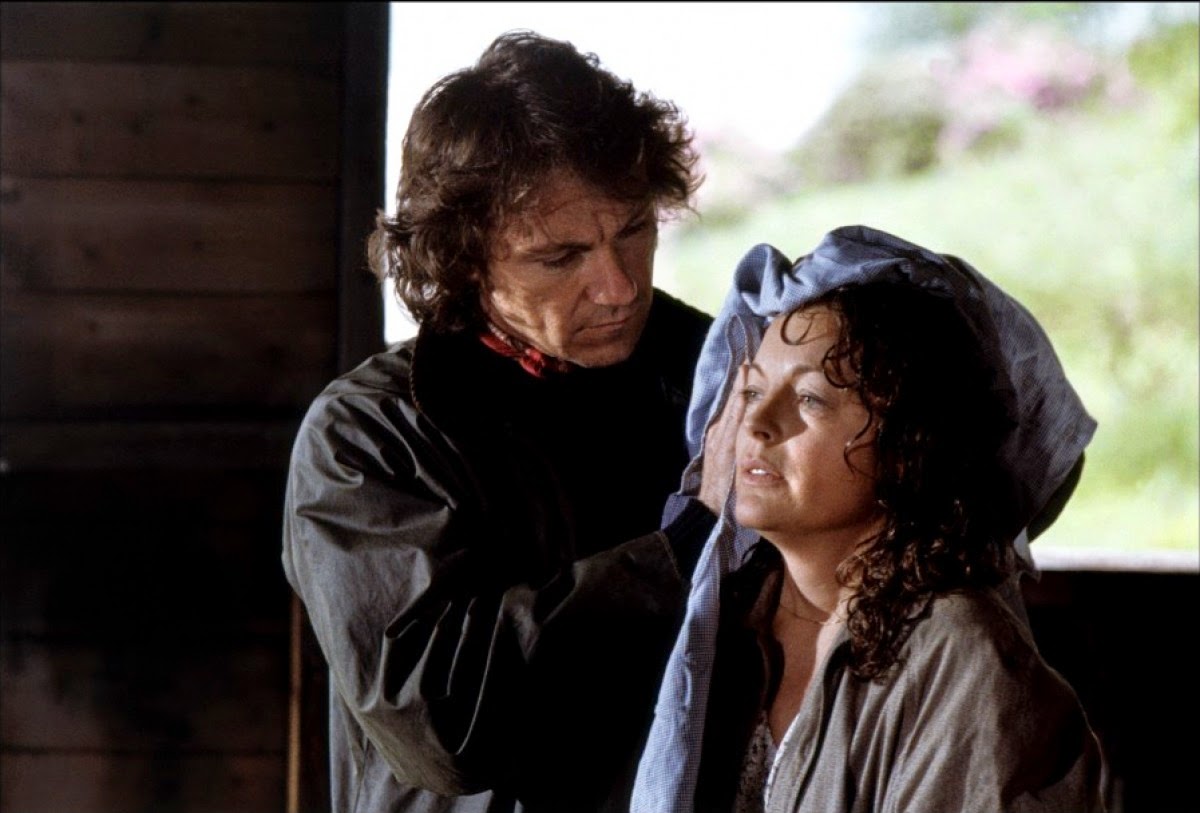
“Death Watch” (or “La Mort en Direct”) is Bertrand Tavernier’s slow paced sci-fi film about mortality and human alienation. It is the film adaptation of David G. Compton’s novel “The Unsleeping Eye”.
Set in a utopian future where death from illness is very rare, the film follows the story of Katherine Mortenhoe (Romy Schneider) a woman diagnosed as terminally ill. Vincent Ferriman (Harry Dean Stanton), a television producer, offers her a large amount of money to film her last days and turn her life into a television show (“Death Watch”).
This ferocious producer hires Roddy (Harvey Keitel), a man with experimental camera implants behind his eyes, to record her last days. However, Roddy has to deal with the side effects of this surgery, as he is unable to see in darkness. Katherine has to not only fight against her disease, but also deal with Roddy.
Despite the fact that “Death Watch” is a dark sci-fi movie with a great cast, there are no special effects or expensive locations. Bertrand Tavernier creates twisted tale of human manipulation with a great plot and magnificent performances. Romy Schneider delivers a spellbinding performance, whereas Harvey Keitel and Harry Dean Stanton are also great.
It is quite obvious that “Death Watch” is a bleak depiction of a decaying world. It is not only a pessimistic view of a reality, but also a philosophical study of mortality and human manipulation.
Taking everything into consideration, “Death Watch” is genuinely unique sci-fi tale that is criminally underrated. A hidden gem of Tavernier’s great filmography that is now ripe for rediscovery.
8. Dead Man’s Letters (1986)
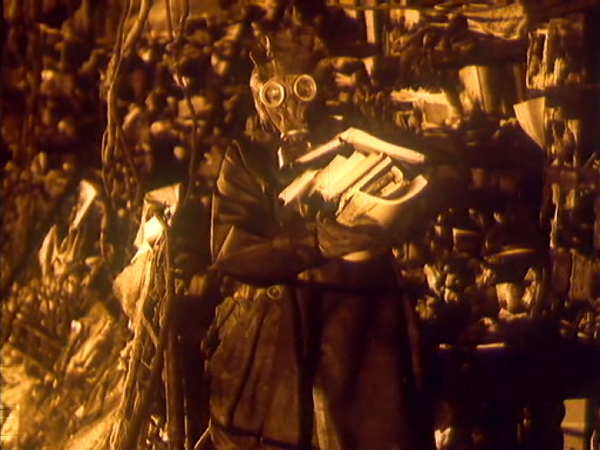
“Dead Man’s Letters”, directed by the visionary Konstantin Lopushanskiy, is one of the most underrated sci-fi movies of all time.
Set in a dark world after the nuclear apocalypse, which was caused by a computer error, the film follows the tragic story of a mad scientist. Although he has received the Nobel Prize in Physics, the scientist is mentally unstable. He lives in the basement of a wrecked building with a small group of dying children. All the survivors are forced to live underground and they can’t reach the surface without wearing any special masks. The scientist tries to survive by writing letters to his son, who has been missing since the nuclear holocaust.
It is quite obvious that the great Soviet filmmaker manages to create a bleak depiction of a nightmarish reality. It is not only a pessimistic view of a decaying world, but also a brutally honest presentation of the effects of a nuclear war. It is a philosophical study of the inevitability of death as well as a subtle commentary of environmental pollution.
Inspired by the Chernobyl destruction and Tarkovsky’s masterpiece “Stalker”, Lopushanskiy creates a genuinely unique sci-fi film. The use of devastating imagery, the yellow tinted photography and the poetic dialogues enhance this unsettling atmosphere.
Overall, the directorial debut of Konstantin Lopushanskiy is a triumph of the Soviet art-house cinema as well as one of the most disturbing sci-fi movies of all time. It is rather difficult film, but also a rewarding experience that will stay with you for a long time.
7. La Femme Publique (1984)
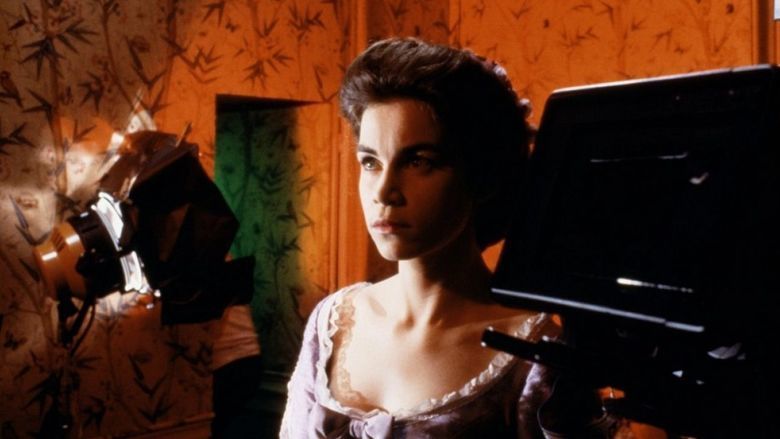
“La Femme Publique” (“The Public Woman”) is Andrzej Zulawski’s powerful erotic drama about human manipulation. Inspired by Fyodor Dostoyevsky’s novel “Demons” (“The Possessed”) the film follows the life of a young actress Ethel (Valérie Kaprisky). When she is invited to play the main role in a film adaptation of Dostoyevsky’s novel, the film director (played by Francis Huster) takes over her life.
The aspiring young actress, who poses naked for a photographer at her spare time, gets into a relationship with the film director. When Ethel discovers the body of a dead woman, she meets the self-abusive husband, who is a Czech immigrant manipulated by the film director to commit a political crime. Things get out of control when Ethel is unable to differentiate acting from reality.
The controversial filmmaker Andrzej Zulawski creates another sensual masterpiece about the loss of identity and human manipulation. This unreal journey features an outstanding performance by the gorgeous Valérie Kaprisky as a tormented character. She portrays excellently an emotionally stressed as well as mentally unstable inexperienced actress. This undeniably the best performance by the French actress.
On the other hand the film stands out as a surreal and intellectual presentation of the process of moviemaking. The great Polish director aims to manipulate the viewers to go through a variety of raw emotions for the sake of art.
To sum up, “La Femme Publique” is a demanding art-house film that will definitely be a pleasant surprise for those who enjoy the surreal cinema of Andrzej Zulawski.
6. The White Reindeer (1952)
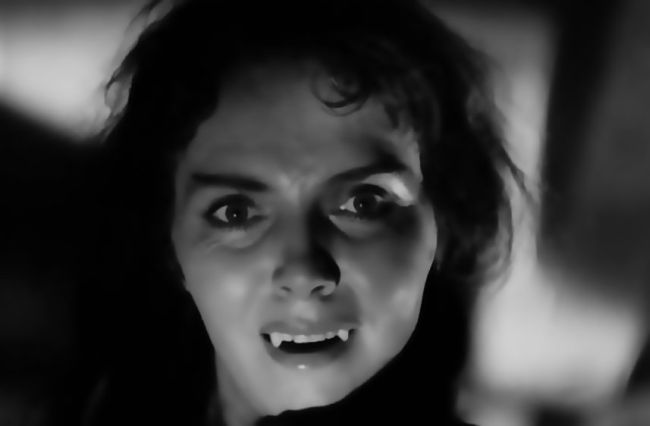
“The White Reindeer” isn’t just one of the most underrated horror movies of all time, but also a classic Finnish vampire style folktale.
Set in the snow covered mountains of Lapland, this haunting horror film focus on the adventures of a lonely but quite attractive woman. This neglected woman visits the local shaman, who lives in a creepy place, to get some help with her love life.
When he casts a spell to bring back her husband, she is possessed by an ancient spirit.She is not only transformed into a giant mythical creature (a white reindeer), but also pursued by the local male villagers and haunters. What follows is a series of tragic events as the powerful white reindeer emerges from this mystical landscape.
Directed by Erik Blomberg, this eerie vampire tale stands out as a great depiction of the breathtaking landscapes of the Finnish countryside. It is a visually stunning film with gorgeous black and white photography that captures excellently the captivating scenery.
Moreover, this moody horror film presents the myths and superstitions of the Finnish tradition. It is a unique blend of Finnish folk history and vampire stories. In addition, the spellbinding performance by Mirjami Kuosmanen enhances this bizarre tale.
Despite the fact that “The White Reindeer” was praised by the critics upon its release (winner at Cannes and Golden Globes), it is now criminally neglected and underappreciated. All in all his visually stunning fantasy horror film deserves more love and attention.